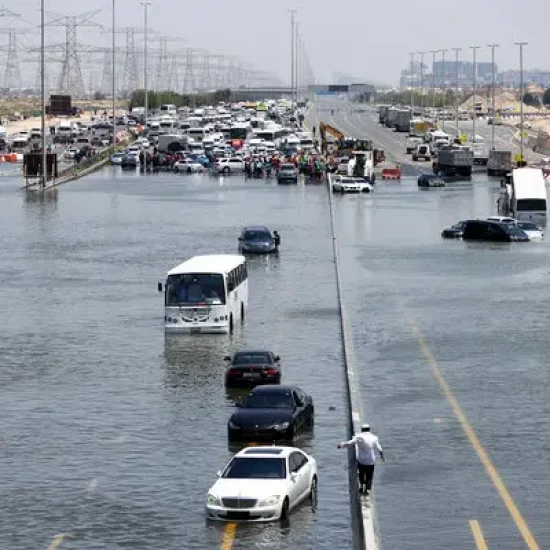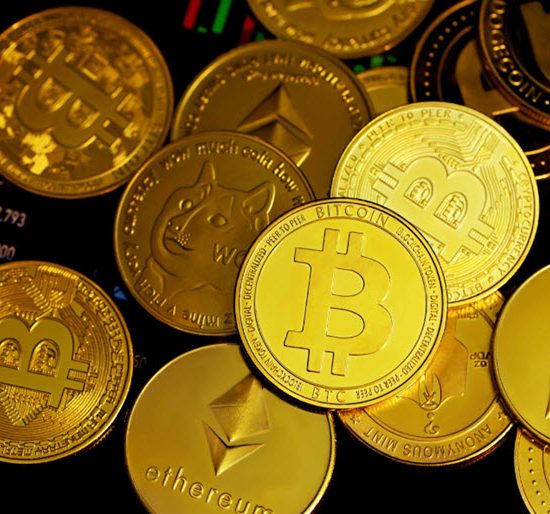The removal of sanctions on Iran may trigger at least $50 billion a year in foreign investment to finance a rebound in an economy hit by the oil slump, the country’s central bank governor said.
“Our country can absorb a great deal of foreign investment, considering its potential,” Valiollah Seif said in an interview Wednesday at his office in Tehran, days after the trade and financial curbs were lifted last weekend. “I think more than $50 billion per year isn’t far-fetched,” he said.
The end of Iran’s isolation has triggered a wave of interest in a $400 billion economy that’s home to some of the world’s biggest fossil-fuel reserves, and also a relatively untapped resource for global business because of its decade-long pariah status. Still, some analysts warn that an opaque bureaucracy and lingering political stigmas will leave companies cautious about rushing in.
The prospect of ramped-up Iranian crude output has further depressed oil prices, which are down by about three-quarters from mid-2014 levels. That’s going to cap Iran’s economic growth in the Persian year that ends this March, Seif said. He predicts an expansion of less than 3 percent in that period, but said growth could accelerate to between 5 and 6 percent in the following Iranian year through March 2017.
The coming months will see moves toward normalization of Iran’s currency regime and financial system, Seif said.
He said the dual exchange rates — one set by the central bank and a more competitive unofficial market rate — should be unified within six months. The re-entry of banks into the global system will happen faster: Seif said most lenders have submitted the necessary paperwork to the Society for Worldwide Interbank Financial Telecommunication (SWIFT) and should practically be reconnected within a few days.
Sanctions coupled with loose monetary policy under former President Mahmoud Ahmadinejad have saddled Iran’s banks with one of the highest non-performing loan ratios in the region, behind Libya and Yemen, according to the International Monetary Fund. Seif said the problem is being addressed, with risky loans down to 12.6 percent of all credit, or about $30 billion, from 15 percent two years ago.
“One of the methods we’re assessing with regards to addressing this issue is setting up asset management companies which can buy some of these bad loans,” he said.
The bank chief said Iran will consider raising funds on international debt markets in the future via a euro-denominated bond issue, though that’s “not one of our first priorities” and would be contingent on how much foreign direct investment the country can attract.-Bloomberg



![dubai flood is artificial rain behind uaes rare torrential weather[1]](https://thearabianpost.com/wp-content/uploads/2024/04/dubai-flood-is-artificial-rain-behind-uaes-rare-torrential-weather1-e1713378975696-550x550.jpg)


![2022 09 27T183330Z 84178340 RC2RJV9S1G6M RTRMADP 3 SAUDI POLITICS[1]](https://thearabianpost.com/wp-content/uploads/2024/04/2022-09-27T183330Z_84178340_RC2RJV9S1G6M_RTRMADP_3_SAUDI-POLITICS1-e1712223217759-550x550.jpg)

